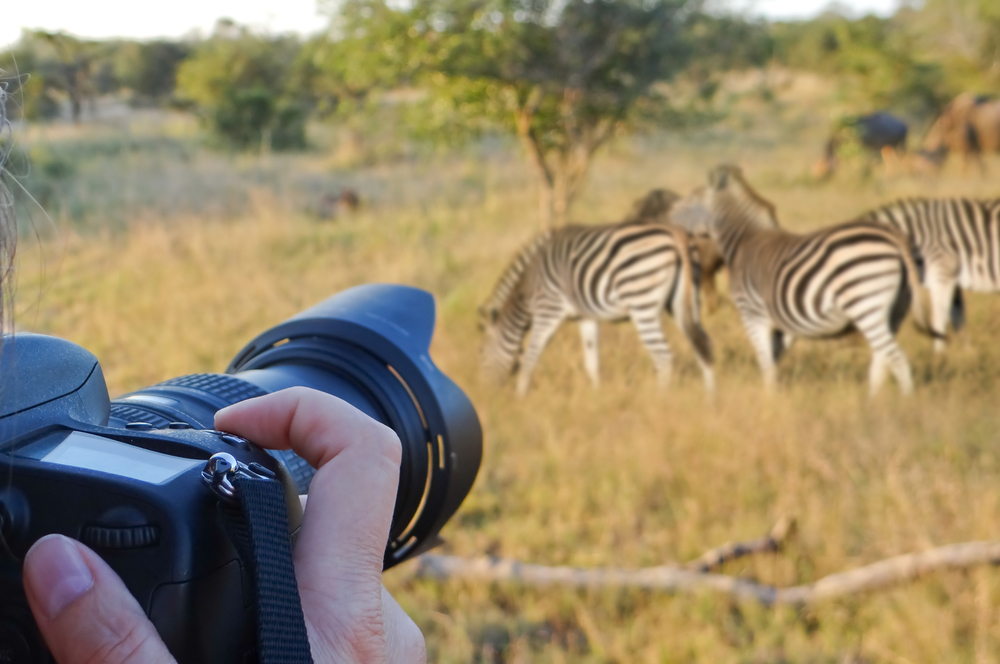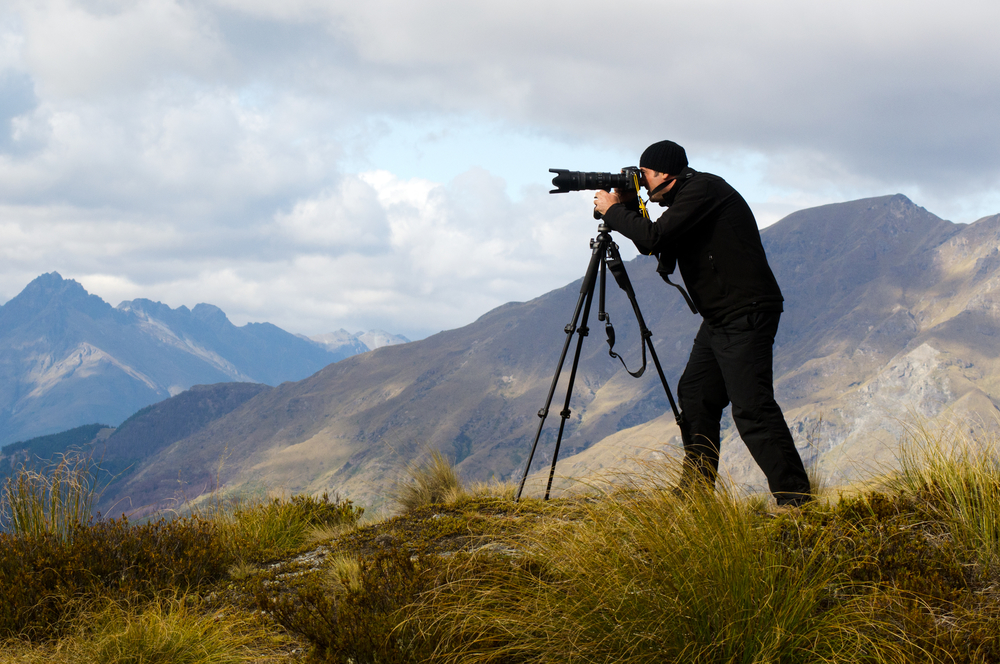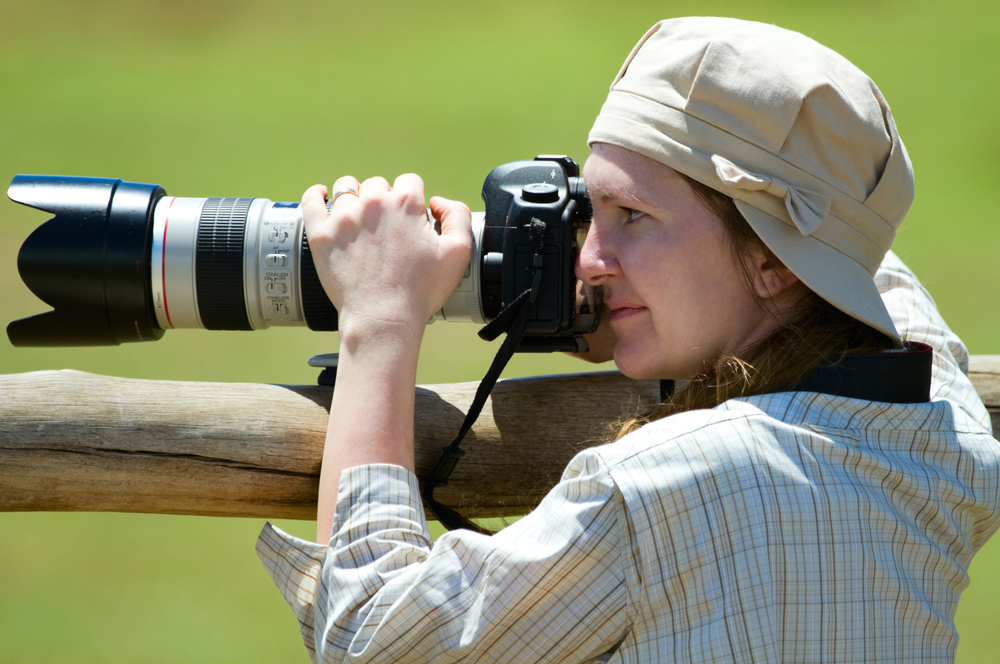If you’re like most travelers, a safari trip might just be a once-in-a-lifetime event. Capturing a series of well-composed photos to help document your foray into the wildlife is an expected. Make sure you’re well-prepared for any situation that might arise and get ready to show those back at home a glimpse of what made your safari excursion so incredible. Maximize your experience and create unforgettable memories by following these important photography tips.

STACK THE DECK WITH MEMORY CARDS
Unless you’re old school when it comes to photography equipment, your safari camera is likely to be a good quality digital SLR that uses memory cards to store pictures and videos. Since most memory cards today cost very little, plan on stocking up on several for the trip. And, it makes sense to bring several smaller cards versus one big one, in case you have any technical issues with the one card. That said, these things are incredibly reliable. The only question is, how much capacity do you need?
If you’re using a 20-megapixel camera (the average that most individuals use today), it will require 1GB of storage space per 166 pictures. So, a 32GB card, which is available for about $10, will hold over 5,000 pictures. Throw three of these in your camera bag and you’re set for weeks. Bring a backup system, too, so you can download the photos each night. This way, if you accidentally lose a card or hit the dreaded “format card” option on your camera’s menu, you’ll have a backup copy of each picture.
FOCUS ON THE LENS
While a top-quality camera is certainly important when on a photo safari, expert photographers agree that the lens is really where you want to spend your money. A great tip to balance performance and cost is to rent a lens from one of the many available online rental firms today. For a modest fee, you can rent a lens that may retail for $10,000 or more – then, simply send it back when you are done. We’d suggest you insure it, especially considering the time you’ll spend in the field in the back of a bumpy vehicle. Safaris sometimes demand long-distance photos, so a zoom lens in the 80-400mm range is ideal. A wide-angle lens is also great to pack along for panoramic shots, and they’re super compact, too.

KNOW IT MAY BE CROWDED
Though you’ve always dreamed of a photo safari to a far-off place, keep in mind that thousands of other people do, too! When your guide puts you in the position to take a glimpse at a wild beast out in the open, any other guides in the area will likely try to do the same. You won’t necessarily feel like you are on the beach during the height of Spring Break, but you should prepare to take shots from interesting angles – and quickly, if need be to get your shot in before others crowd the view.
CARRY BACKUPS OF EVERYTHING
It goes without saying, but so many travelers show up to a photo safari with their camera and dozens of memory cards, but only one battery. The average digital SLR can chew through a battery in a few hundred shots – less if the flash is being used. Take along ten batteries if you must. The extra cost up front will be worth it in terms of peace of mind. A spare lens cap, sunshades, batteries, memory cards, neck strap, and lens cleaning cloths are a must.
STEADY YOUR SHOT
Your guide will almost always be able to stop the vehicle to allow your photographic genius to shine, but use something to further stabilize your camera, especially when using a big, heavy telephoto lens. There are purpose-built bean bags available for this purpose, but a backpack or even a wide brim hat can work in a pinch.

TAKE A BREAK ONCE IN A WHILE
Though you’ll want to capture every beautiful image possible during your photo safari, you truly must take a break and put the camera down every so often. Take in the sights, sounds, and smells, and create memories of the place – not just digital replications of the destination. Your photo safari is bound to be an unforgettable trip that will stay with you for a lifetime.